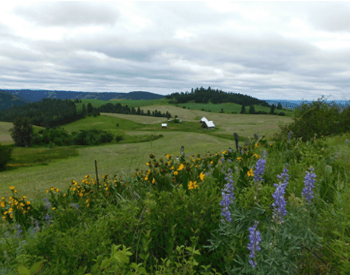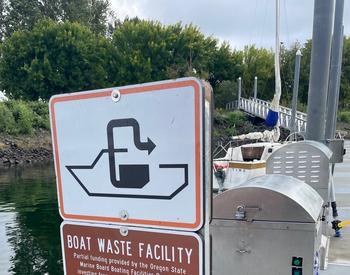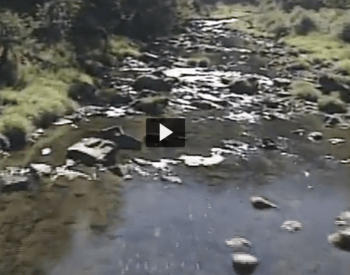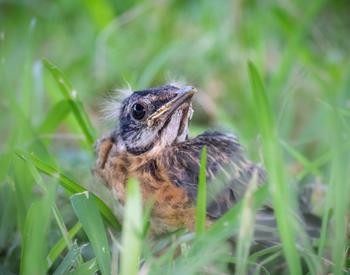I always see sea lions at the Oregon Coast, and I was wondering how I can tell the difference between seals and sea lions.
While seals and sea lions are both pinnipeds – a group of animals that includes seals, sea lions and the walrus – there are some key ways to tell them apart.
Seals (phocids) have bodies designed to propel them effortlessly through the water. Their hind flippers are extremely efficient when swimming, but seals can’t bend them underneath their body, so they must use their bellies and front flippers to move themselves on land. This often makes seals look a bit clumsy when out of the water, and contributes to the “u” shape you see them resting in. Oregon’s harbor seals are smaller than our sea lion species, with lighter colored bodies. Seals also don’t have external ear flaps, making their heads look especially round.
Sea lions (otariids) are powerful in the water, but also designed to move more readily on land. In Oregon, we often see large groups of male California sea lions, and you may come across Steller sea lions as well. Like all “eared seals” the sea lions we have in Oregon can be distinguished by their visible ear flaps, longer fore flippers, and the ability to fold their hind quarter underneath themselves when on dry land. Older male California sea lions also develop a bony bump on the forward, top part of their head, known as a sagittal crest. This crest often turns white as they age, giving older males a very distinguished look.
If you're interested in learning more about sea lions in Newport, the city has an informational page that includes a link to a live webcam of the sea lion dock.



















